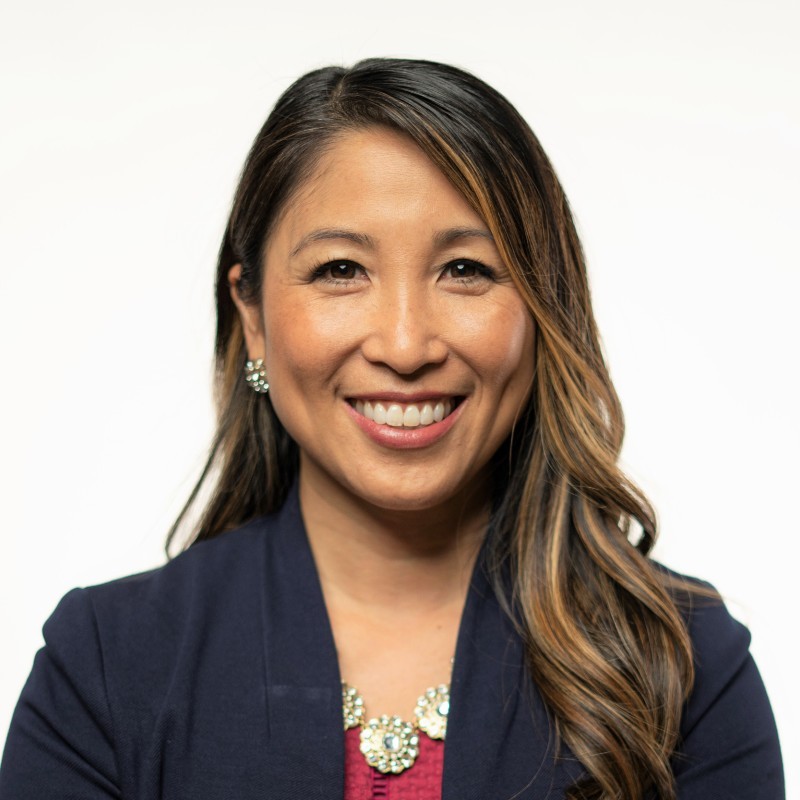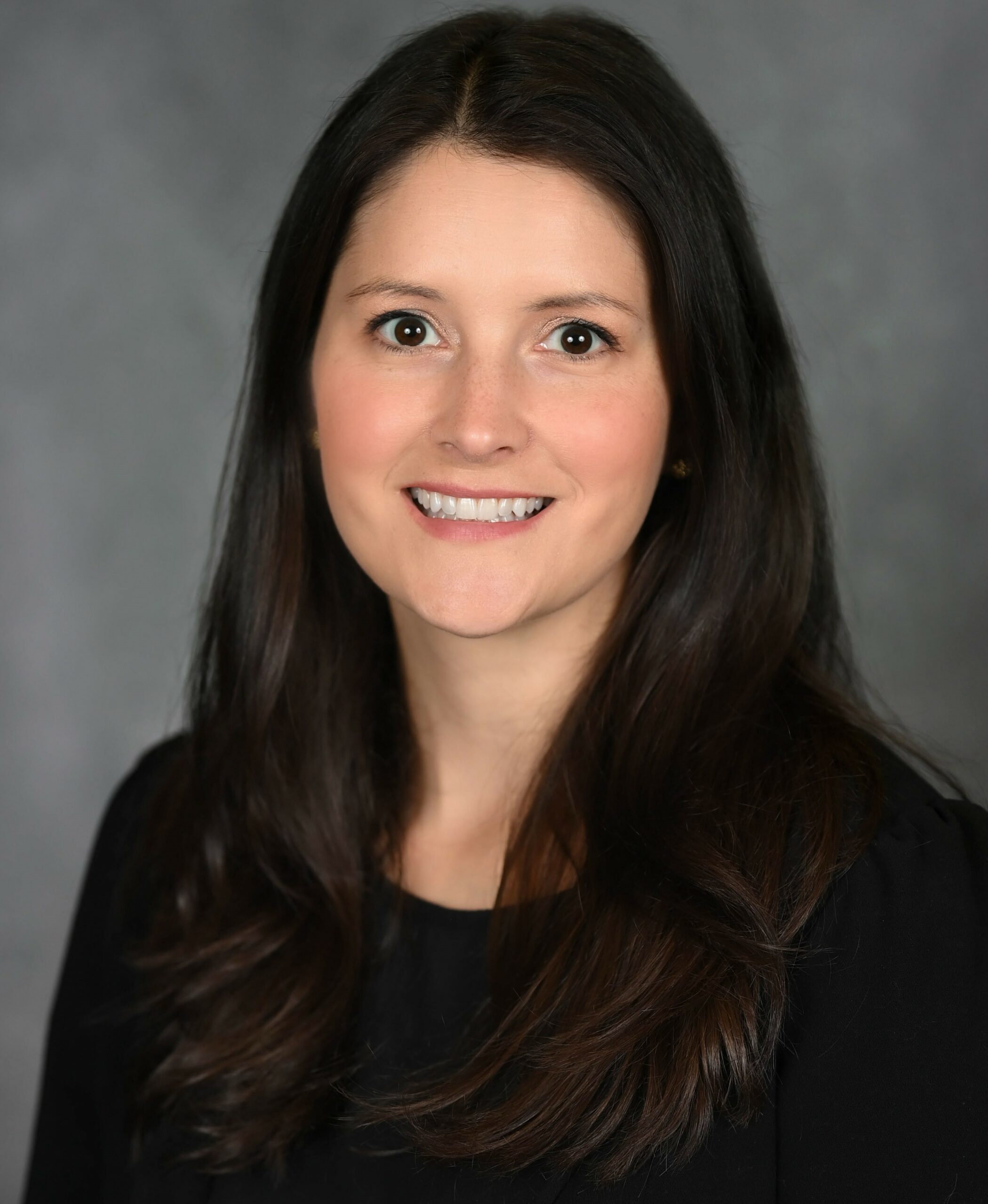Whether it’s for the patient or the profession, advocacy is a major part of the job for many ODs today. However, some might not see the extent of their own influence that they exert every day through patient care and educating patients about what they do. Charissa Lee, OD, MBA, FAAO, and Mandy Sallach, OD, talk about how their advocacy for patients and the doctor-patient relationship have increased through their work at Johnson & Johnson Vision. Dr. Lee is Head of Professional Affairs, North America and Dr. Sallach is Senior Manager, Professional Relations, North America.


“Johnson & Johnson Vision has been invested in advocacy for a long time. When we talk about advocacy, our focus centers around patients and what is going to lead to better patient outcomes. A big part of that is protecting the patient-doctor relationship, which is a shared priority with our professional associations,” Dr. Lee says.
SUPPPORTING THE PROFESSION
Often, the multiple levels of advocacy come together, such as the company’s support of the American Optometric Association’s InfantSEE program. “We believe that patients are best served through their doctors, and supporting the profession is critical to this success”, says Dr. Lee. “We support multiple professional organizations, but our support also includes raising awareness of the importance of regular, comprehensive eye exams and serving even our youngest patients.” For the past two decades, the InfantSEE program has been educating parents and adults about the importance of early childhood vision. More recently, Johnson & Johnson Vision joined the Health Care Alliance for Patient Safety as a founding and leadership partner, Dr. Lee says. “By focusing on patient outcomes, we can show legislators and the public how important a lifetime of eye care and eye health is to our patients’ quality of life.”


Advocating for patients is familiar to ODs, says Dr. Sallach. “Doctors know how to care for patients, but they don’t always remember to remind patients the depth of what they’re doing throughout the eye exam. In this role where I work with state associations, we’re focused on how we support doctors and associations to do that.”
Advocacy is akin to education, she says. So when she talks with students about the idea of advocacy on a legislative level, “I talk about the fact that legislators are normal people. They need to know a little about a lot of topics, and we’re the experts on eye care. So how can we distill our most important points so that they have that impact on what we’re trying to explain.” Those points include reinforcing that contact lenses are medical devices, underpinning the importance of the safe use of the company’s products.
TARGET THE MESSAGE
“That is always a priority message,” says Dr. Lee. She recently attended visits with legislators and staffers on Capitol Hill in Washington, D.C. “We emphasize the role doctors of optometry play in evaluating the structure of the eye and reviewing the patient’s clinical history to determine which contact lens is best suited for each individual patient. If these legislators or staff members have not worn contact lenses or had their own eye exam, they may not realize the importance of that doctor-patient relationship or even realize that these are medical devices, not products that should come from a vending machine.”
But messages can be more targeted, as well. If the focus of legislation or an initiative is on children’s vision, then the person in the advocacy role should be prepared with a few statistics on myopia progression, lifelong healthy vision and bipartisan, evidence-based initiatives.
ADVOCACY IN THE OFFICE
However, it’s not only legislators who need to be educated. “I have the privilege of being able to go to Capitol Hill and getting an audience with key legislators or staff members. But everyone can advocate within their own circle. If you’re seeing patients, tell them as you’re conducting the exam what you’re looking for and why it helps inform your clinical decisions. You are advocating for the level of care you provide. You can also engage patients, such as saying, ‘Since you mentioned your grandchildren, I wanted to let you know about early childhood eye exams,’” Dr. Lee says.
The personal stories and connections can have the greatest impact of all, says Dr. Sallach. “It’s important to have a succinct point, but having a personal story is what the listener will remember. Talk about how the level of eye care you provide impacts people who are in that district,” she says.
Whether it’s with a legislator in a capital or an influential patient in the chair, advocacy is about building on commonalities. “Maybe it’s a discussion about how you were able to keep patients out of urgent care centers and ERs during the COVID-19 pandemic, or maybe it’s in sharing concerns about patients’ access to health care,” says Dr. Lee. “Grass roots-level advocacy is very important. It’s important to remind patients and policy makers that we do not simply write prescriptions; we are primary eye care providers.”
PERSONALLY FULFILLING
Not only is advocacy important to the state legislated profession of optometry, but it can also be satisfying to share your passion with patients and audiences, says Dr. Sallach. “Having a day outside of the office to share how you’re making a difference can be a refreshing change.”
Optometrists who are new to an area – or new to talking about their profession – can connect with their local societies. “Local societies are a great way to network and meet like-minded people in the profession,” says Dr. Lee.
Be prepared to get swept up, says Dr. Sallach. “I can almost guarantee that a doctor who says that she’s interested in doing more for advocacy or the profession is going to have people come up and say, ‘Come do this with me.’ They’re happy to mentor others because the profession needs more people to take action.”
Indeed, you never know whom you’ll inspire. Says Dr. Lee. “I once had a patient bring her daughters in when she had an exam. She says, ‘I wanted my daughter to see you because I want her to know what her options are in health care professions.’”
There is power in your stories, your message and your leadership by example, they say.
Read other stories about Johnson & Johnson Vision here.



